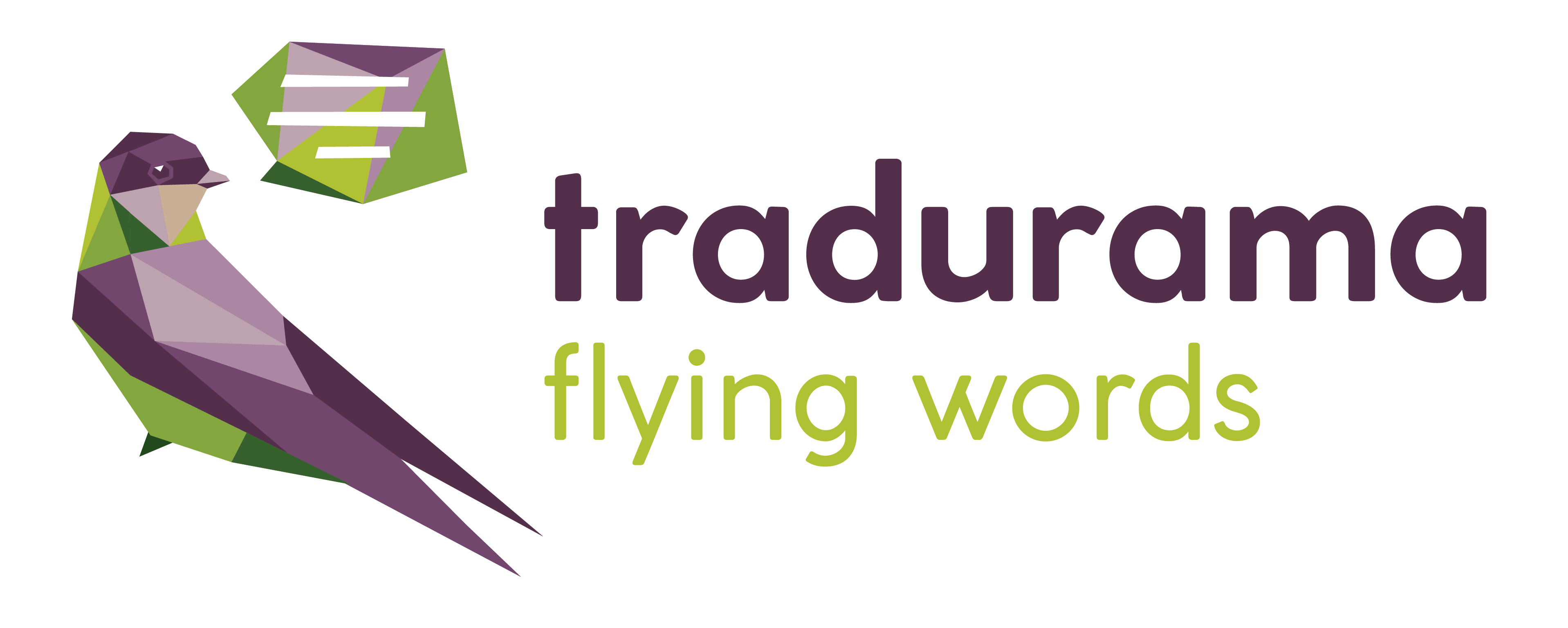F.A.Q.
At Tradurama I work primarily with translations from English and French into Spanish. As a translation professional, I follow the recommendations of the associations of professional translators and interpreters and only translate into my mother tongue (Spanish).
Please enquire. I collaborate with other colleagues who work with other language combinations.
It is absolutely essential. To produce a translation of the highest quality the translator must translate into the language in which they are most fluent. A translation professional should be keenly aware of the nuances of the languages with which they work, capable of researching each and every term and, above all, able to express themselves impeccably in their mother tongue. A good translator, by definition, should be a good writer.
The source material you wish to translate was not generated spontaneously. It required an investment of time, effort, and money. To ensure so that your words reach the intended audience, you need your translation to be handled by a professional as competent as you. Why tarnish your reputation by entrusting your translation to someone who lacks the necessary skills? A professional translator works with words every day. It is the career for which they have trained and they understand how to polish a message until it shines.
The translation process is laborious and complex. Translators do not simply translate text without addressing other equally important aspects of the overall document.
Broadly speaking, the following are the fundamental stages of any translation process:
- Evaluation of the files and preparation of the material to translate.
- Collation of supporting documentation.
- Translation.
- Resolution of doubts with the client.
- Revision of the translation and quality control.
- Delivery of the translation
- Optional: revision of the translation after formatting, or formatting and final quality control.
Absolutely. In the event that any doubts arise, the translator will contact the client to resolve doubts before completing the translation. After applying the changes agreed upon with the client, the final version of the translation will be delivered. It is also common for the translator to detect errata or inaccurate expressions in the original text during translation. In this case, the translator will inform the client so that he can improve their source text.
This depends on several factors, including the complexity and length of the text, the translator’s availability at the time the translation is requested, whether the format of the original needs to be maintained, and the number of people involved in the process (translator or translator + reviewer). Please bear in mind that translation is an intellectual process that requires creativity, thoroughness, and specialisation, and it is therefore crucial that the translator has sufficient time to produce a quality text. Put simply, the more time the better.
- A good translation is easily understood because the language used is fluid and natural.
- A good translation does not modify the meaning of the original text in any way.
- A good translation is appropriately adapted to its target readership.
If you still have doubts or are unsure of exactly what you need, contact me at rairizo@traduramateam.com and we can find the most appropriate solution.

